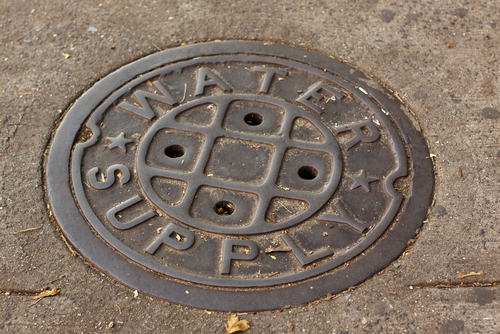In February 2011, the Oregon Court of Appeals reaffirmed that the doctrine of "inverse condemnation" is alive and well in Oregon. Inverse condemnation claims do not require a showing of negligence, and instead arise by showing that a government actor (e.g. a city) “substantially interfered” with an owner’s right to use his or her property, and that therefore the owner is owed “just compensation” under the Constitution (in this case, Article I, Section 18 of the Oregon Constitution—the “Takings Clause”). The case, Dunn v. City of Milwaukie (CV07040247), stemmed from property damage caused when a municipal sewer system backed-up into a home. The City, at the time, had been “hydrocleaning” a nearby sewer (blasting high-pressure water from a tanker), allegedly causing the backup. While this cleaning was taking place, sewer water shot from bathroom fixtures into the home and caused substantial property damage throughout.
The Court of Appeals affirmed the trial court’s $55,000 award based on the homeowner’s inverse condemnation claim. In its decision, the Dunn Court rejected arguments from the City that it did not "intend" to harm the plaintiff, and that since the damage was repairable, that there was no "substantial interference" with the homeowner’s property rights. The Dunn case is a recent reminder of the subrogation opportunities that may arise in property damage cases stemming from government work or municipal systems. Even where a case does not involve negligent work performed by a municipality (or other government actor), a subrogating carrier may still pursue a recovery case if it can demonstrate that the government impeded its insured’s property rights.




